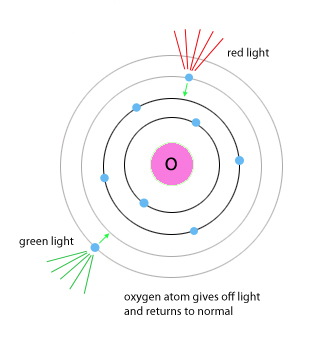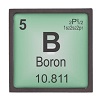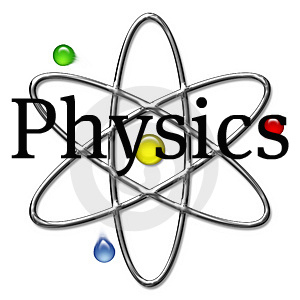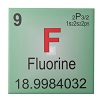The aurora is a natural phenomenon that has fascinated and mystified people for many years. The mysteries surrounding these brilliant dancing lights have been studied for years by many researchers. What was once believed to be the sunlight reflecting off of the polar ice or the moon reflecting off of the ice crystals is now known to be created by the sunspots and solar flares from the sun.
The solar winds carry highly charged electrons and protons from the sun toward Earth at a velocity of one million miles per hour. These particles take approximately 40 hours to make contact with the Earth's atmosphere. As these charged particles near Earth, they are drawn in by the magnetosphere (magnetic force field) of the north and south poles. The magnetosphere blocks most of these sunspots and solar flares, but some manage to get through following the magnetic fields. Upon entering the ionosphere, the charged particles collide with the air in our atmosphere exciting the molecules. As these molecules calm down, energy is released from these particles as photons. The radiation of these protons emits a visible light. This luminous emission of lights can occur in various colors. The color of the light emitted depends on the particular gas being struck and also the altitude at which they come into contact. The most abundant gases in the atmosphere are oxygen and nitrogen and they create most of the colors that we see in the aurora. The image below depicts the electrons from the solar winds as they enter the magnetosphere, collide with the air molecules, get excited releasing a photon, and then calms down to the original state.
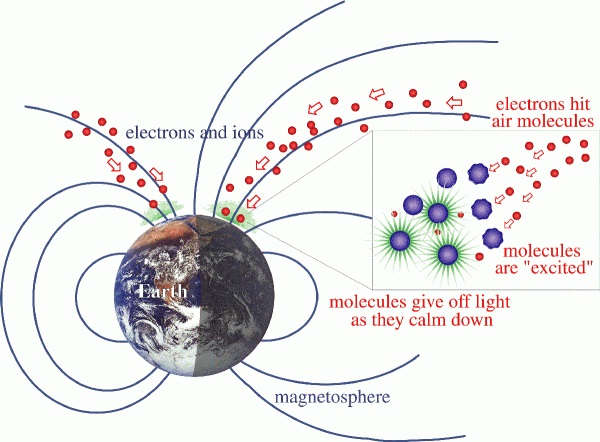
Auroras can occur at either the South Pole or the North Pole. Auroras in the Southern Hemisphere are known as the Aurora Australis while the auroras in the Northern Hemisphere are known as the Aurora Borealis or Northern Lights. Earth is not the only planet where auroras have been observed. Any planet with a magnetic field could have auroras. Most all of the planets except Mercury have been known to have auroras.
